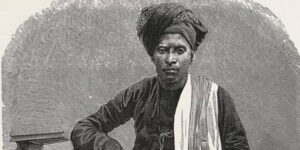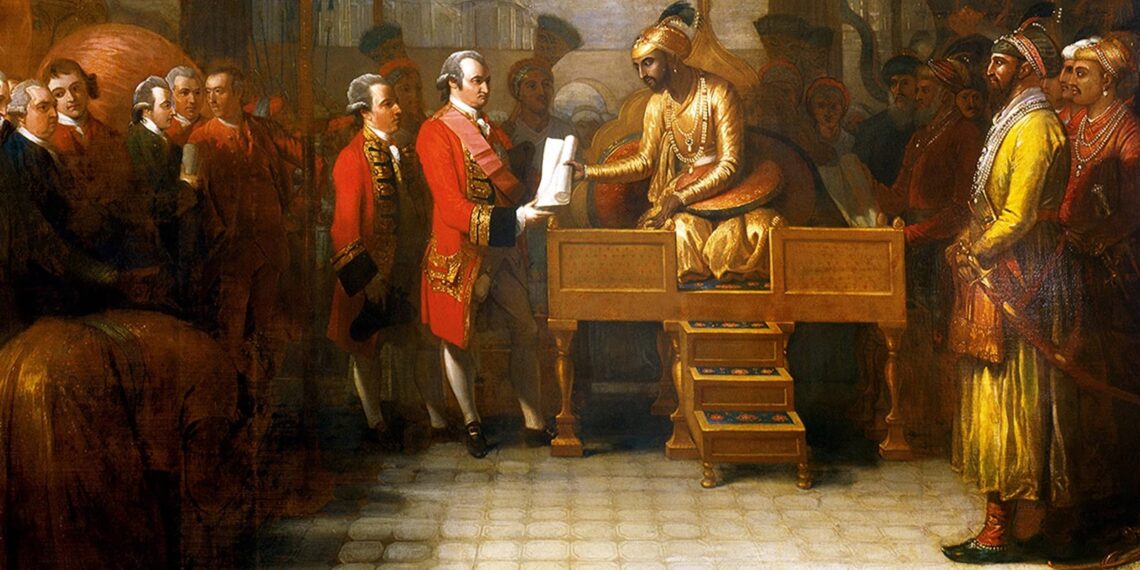In India’s rich business history, Virji Vora’s story stands out for its incredible wealth and unmatched business skills.
Born in 1590, Vora was not just a merchant; he was a financial luminary during the Mughal era, becoming the richest businessman the subcontinent had ever seen.
Operating in the thriving milieu of the Mughal rule, Vohra engaged in extensive trade, dealing in a list of goods, from pepper and gold to cardamom.
His business empire spanned the length and breadth of India and extended to port cities along the Persian Gulf, the Red Sea, and South-East Asia.

Vora’s brilliance lay not only in his ability to navigate the intricate world of commerce but also in his financial acuity.
He became the primary financier for the British East India Company between 1617 and 1670, lending a staggering sum of Rs 2,00,000.
In the year 1625, Virji Vora made a significant business move by acquiring the complete supply of pepper imported to India by the Dutch.
The English factory based in Surat opted to purchase a substantial quantity of 10,000 pounds of pepper from Virji at the agreed rate of 16 mahmudis per maund, equivalent to roughly 37 kilograms.
In contemporary terms, his wealth, valued at about Rs 8 million, would easily overshadow today’s Indian billionaires, including Mukesh Ambani and Adani.
His astute business practices included purchasing entire stocks of products, reselling them at substantial profits, and engaging in money lending.
Even Englishmen sought financial aid from him. Legend has it that during Mughal emperor Aurangzeb’s financial struggles in his Deccan campaign, he dispatched an emissary to Vora for a loan.
From critical trading centres like Agra and Burhanpur to Goa, Calicut, and the ports along the Persian Gulf, Vora’s reach was vast.
His agents were strategically positioned in key cities, facilitating his expansive trade network.
Vora passed away in 1670, but his legacy endures.
His name resonates through history as the businessman whose wealth surpassed the most affluent contemporary tycoons, leaving an indelible mark on India’s commercial narrative.















